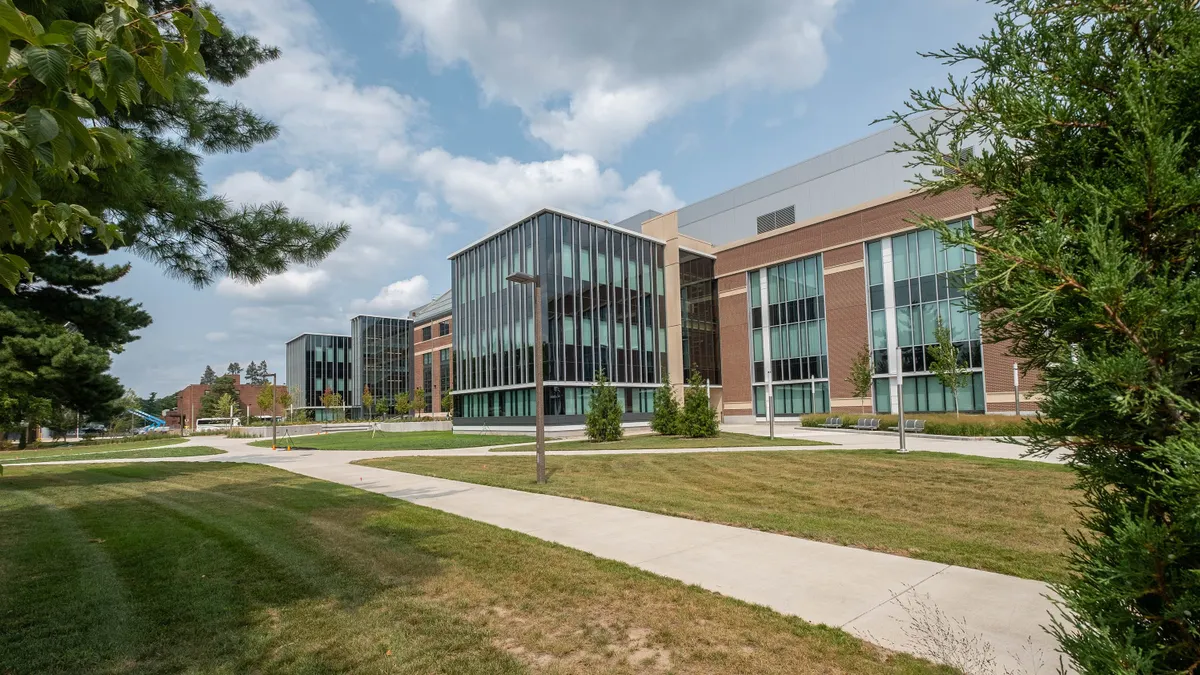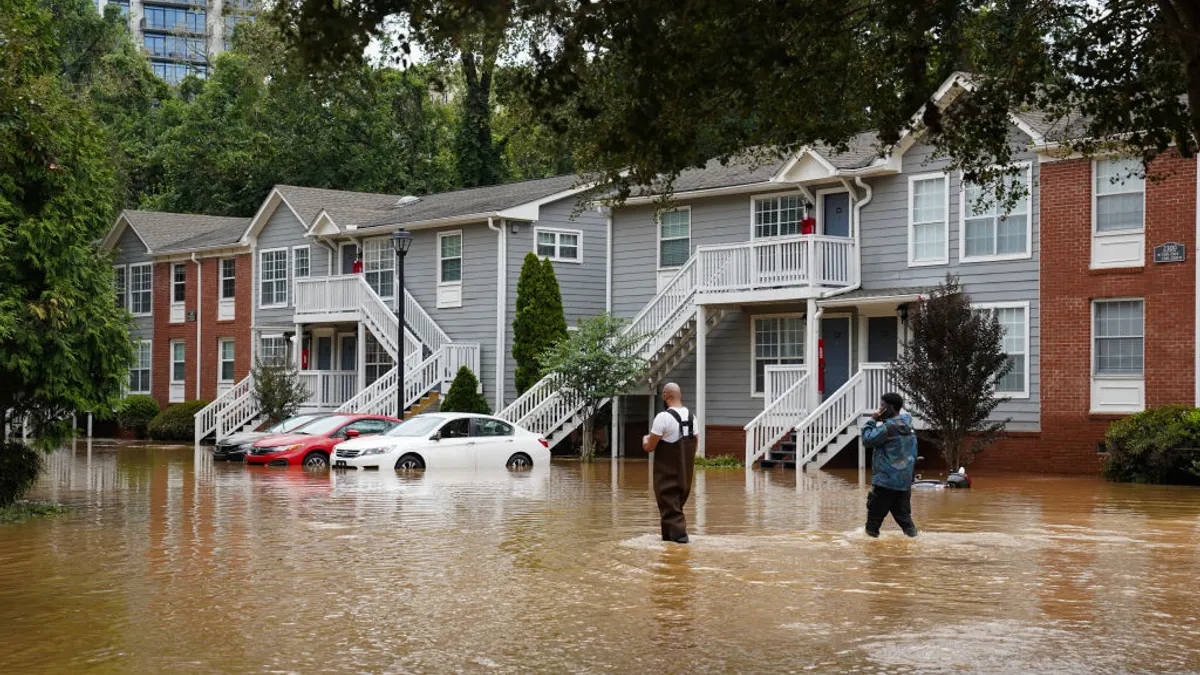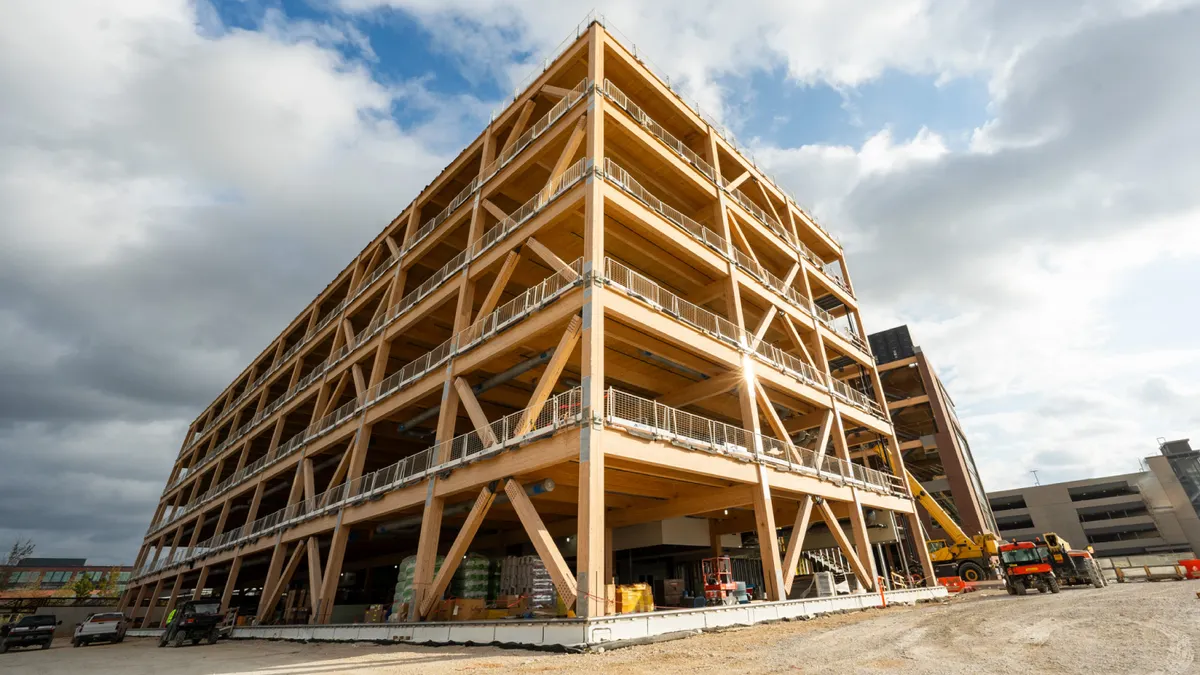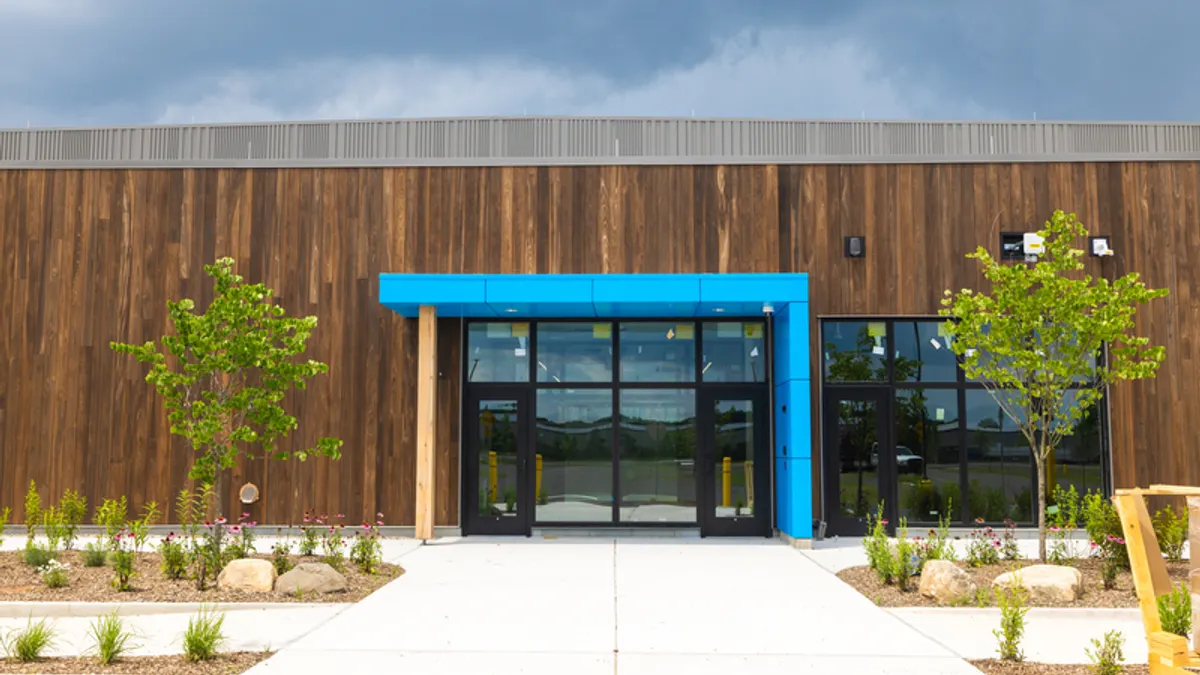It’s easier to sell granite countertops than energy efficiency, even though nearly 80% of consumers say they want to live in a “green” home.
One of the reasons more homeowners and building managers don’t upgrade to “green” features like high-efficiency HVAC systems and solar-powered water heaters is that they don’t understand them.
And contractors who try to explain the benefits of those energy- and environmentally friendly devices by throwing around terms like “SEER” and “net metering” won’t have much success helping their clients understand.
Plain talk
Sure, it’s second nature for builders, architects and remodelers to talk about advanced framing and net-zero homes as if those terms are equally familiar to their customers. But like doctors talking about neuropathy (nerve disease) and TIAs (mini-strokes) with patients who don’t have a clue how to translate that medical jargon, contractors can equally confound their clients with the technical terms they use when they talk about green building features.
Selling “green”—which, besides doing Mother Earth a big favor, can boost a builder’s profit margin—is easier when the potential buyer clearly understands the product and its benefits, cost, and return on investment.
“Big-sounding words and industry jargon might be fine among colleagues in the trades or during a technical training,” Vermont-based home-performance consultant and trainer Mike Rogers wrote in a recent blog. “But they generally do not lead to homeowner understanding or confidence, nor to signed contracts.”
Advertising executive Suzanne Shelton agrees. Shelton, president and CEO of the Shelton Group, a Knoxville, TN, advertising agency that specializes in sustainability issues, wrote in Builder magazine: “You’ll probably be shocked to learn that two-thirds to three-quarters of Americans aren’t sure how to explain many phrases that seem so self-explanatory to you.”
For example, in the agency’s most recent Energy Pulse survey of 2,009 Americans, just 38% could define “efficient home.” A mere 14% knew what a “high-performance home” was.
Even the word “green” isn’t as clear to consumers as contractors might think it is. Shelton notes: “Americans care more about comfort, their health, keeping their family safe, resale value and lower utility bills than they do about ‘green.’ So that’s another term builders should stop using.”
In fact, her firm’s survey found that customers understand the term “energy-efficient home” far more clearly than they comprehend “green home.”
Changing definitions
The U.S. Department of Energy is set to unveil a new Building Science Translator, a glossary of “power words” to replace the industry jargon about green building features that can confound a consumer. The online glossary will show “old terms” and equivalent “new power terms,” like “high-R window” versus “high-efficiency window,” or “ventilation system” versus “fresh-air system.”
The project’s manager is Sam Rashkin, chief architect for DOE’s Building Technologies Office. He says understandable language is one of a builder’s most valuable sales tools. But all talk and no listening won’t sell homes, he says. Three other critical sales tools are: good questions, relatable experiences, and knowledgeable sales reps.
Asking questions can help a builder or remodeler determine if a green feature is a solution to a buyer’s needs, Rashkin said in an interview with Construction Dive. However, “the lack of question-asking is really troubling.”
Likewise, showing rather than telling potential buyers about the impact of green building features is an effective way to help them connect on an emotional level with the benefit of energy efficiency and sustainable features.
Sales reps also have to be knowledgeable about green or they won’t be able to sell it, Rashkin advises.
Talking points
Here are four talking points that could convince a homeowner to pay for green features when buying or remodeling:
1. Green products make a home healthier. A well-insulated home with a highly efficient HVAC system, for example, does a better job of keeping allergens out of the house and improving indoor air quality. Homeowners will appreciate that.
2. Green might cost a little more to buy or install, but it will boost a home’s resale value. Homeowners are more apt to believe that aesthetic upgrades like granite countertops and hardwood floors will add more to a home’s resale value than invisible features like thick insulation or double-pane windows. In fact, in a study of 1.6 million home transactions, researchers at the University of California, Berkeley found that energy-efficient homes sold for an average of 9% more than other houses.
3. Green certifications are on the level. Homes that are certified as energy efficient by someone besides the builder—like Energy Star, LEED, the National Green Building Standard, or even a home-performance “auditor”—can push the price of a home upward, according to the Illinois Association of Energy Raters. Studies have shown that buyers paid 10% to 14% more for homes with green certifications. So be sure to let potential buyers know about all certifications.
4. Green is the right way to go. Appeal to the buyer’s conscience. Another recent report noted that consumers aren’t as committed to how much less a green appliance, plumbing fixture or even a home will cost to operate as they are to doing the right thing for the environment. The author's advice: “Connect with [consumers] by understanding their expectations and values.”


















